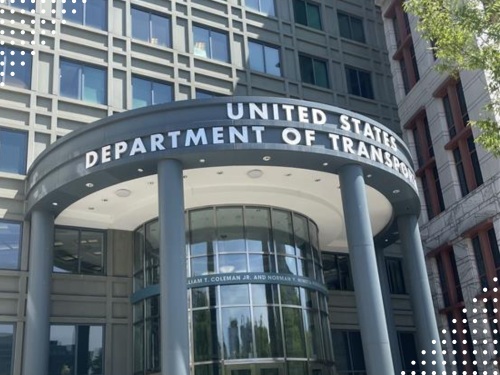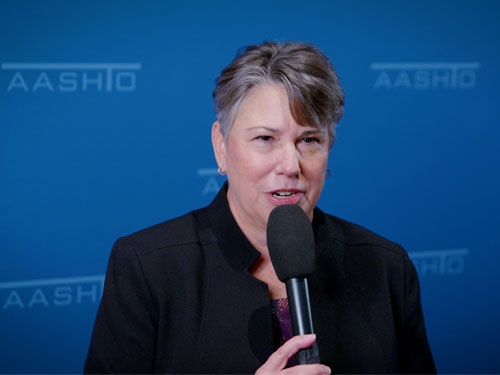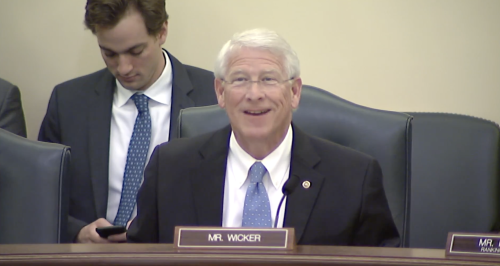The Senate’s Committee on Commerce, Science, and Transportation convened an informational hearing on Feb. 6 to explore the benefits, needs, and challenges of 5G technology – especially how its deployment may impact the 5.9 GHz transmission band, currently reserved for transportation communication needs.
“The fifth generation of high-speed wireless networks, commonly known as 5G, is expected to increase data speeds up to 100 times faster than today’s mobile technology. This improvement will not only make our phones and internet-connected products run faster, but also revolutionize the way information is shared between people, businesses, and devices,” explained Sen. Roger Wicker, R-Miss., (seen above) the committee’s chairman, in a Feb. 4 statement ahead of the hearing.
“In the United States, 5G networks are projected to result in the creation of more than 3 million new jobs, generate as much as $275 billion in new investments from the wireless industry, and add up to $500 billion to the U.S. economy over the next decade,” he added.

Shailen Bhatt, president and CEO of the Intelligent Transportation Society of America, noted in his remarks that 5G and other “next generation” technologies “will transform the way we experience transportation today. With data speeds of 100Mbit/s or more, ultra-low latency of a few milliseconds or less, extremely high reliability, and massive capacity, 5G, and other next generation technologies can spur the development of mobility innovations that will revolutionize the way people, goods, services, and information move in the 21st century.”
That includes using Vehicle-to-Vehicle or V2V and Vehicle-to-Infrastructure or V2I technology – collectively known as V2X systems – to improve roadway safety. “V2I applications include red light violation warnings, reduced speed zone warnings, curve speed warnings, and spot weather impact warning,” Bhatt stressed. “V2I soon may also support other applications that will disseminate the condition of the infrastructure, such as bridge integrity, and may even collect data from cars that describe pavement condition.”
[Continental Automotive Global explained the real-world impact 5G connectivity could provide to both vehicles and transportation infrastructure in the video below.]
He said, according to the National Highway Traffic Safety Administration, V2I technology can help drivers more safely negotiate intersections and possibly prevent 41 to 55 percent of intersection crashes. Another connected vehicle safety application that helps drivers with left turns at intersections could help prevent 36 to 62 percent of left-turn crashes, NHTSA data indicates.
Yet Bhatt stressed that to turn such benefits into reality the 5.9 GHz spectrum via which V2X technology communicates data needs protection against “any unlicensed use” within that band – arguments echoed by the American Association of State Highway and Transportation Officials and other groups that oppose an ongoing effort by the Federal Communications Commission to do just that.

“With significant past and present investments in connected vehicle innovations, V2X technologies are already being deployed for the purposes of improving road safety. This will only continue moving forward,” said AASHTO, the Alliance of Automobile Manufacturers, the Association of Global Automakers, ITS America, and the 5G Automotive Association noted in a joint letter last October. “Any unlicensed use in the band should be done without harmful interference to the incumbent technology or other intelligent transportation systems technologies.”
ITS America’s Bhatt reiterated that point during the Feb. 6 hearing. “The new world of connected vehicles is creating a massive amount of data that must be exchanged at low latencies,” he stressed.
“As more and more vehicles on the roadway begin broadcasting data with other vehicles, bicyclists, pedestrians, and smart infrastructure, 5G and other next generation technologies will be critical to ensure that the network can handle the data loads,” Bhatt said. “But we need the spectrum to do that. These safety innovations require dedicated spectrum to ensure they work every time without signal interference.”
 Top Stories
Top Stories
USDOT Makes $1.5B Worth of BUILD Grants Available
December 19, 2025 Top Stories
Top Stories

